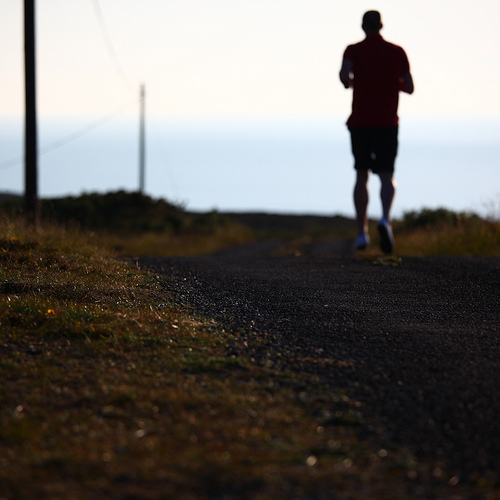On September 11, 2001, I was visiting a teacher in a one-room school in Kikijana, Bolivia, a tiny community nestled high in the mountains. After school let out, the teacher switched on a battery-operated radio. The broadcast was in Quechua, a language I don’t really speak, so I tuned out. But the teacher was listening. “Conoces los torres gimelas?” he asked. I nodded. Yes, I’d heard of the twin towers. I could almost conjure a faint outline of the skyscrapers.
A plane ran into them, he told me. I pictured a small aircraft. I imagined a pilot thrown wildly off course. I thought the incident was an accident.
By nightfall, it was clear that something sinister had occurred. But the details were murky. I was a six-hour hike from the nearest phone and even further from an internet café. There was nothing I could do. I lay in a strange bed and tried to picture the events that had unfolded 4,000 miles away. I felt lost and utterly helpless.
When I first heard about the Boston marathon bombing on Monday, I was in my office in Brooklyn, within arm’s reach of nearly every form of media. I saw a link on Facebook and clicked. I scanned that article and a dozen others. I flipped on the television. I streamed WBUR, the local public radio station. I scanned my Twitter account. In a vain attempt to keep the helplessness at bay, I hit refresh again and again and again.
In the wake of the attack, confusion reigned. There were three bombs, one at the JFK Library. No two. No four, two of which hadn’t gone off. No, just the two at the finish line. Twelve people were dead. No two. (As of yesterday, three). A Saudi student was involved. (Turns out he’s just another victim, but that didn’t stop some news organizations from posting his photo.) I was in the thick of a media onslaught, yet I might as well have been in Kikijana. The details were just as murky.
Even in this age of instantaneous dissemination, we still have limits. Journalists can’t hurry investigations or conjure information out of thin air. To fill the news vacuum, television stations played the same gruesome footage in a loop. I must have watched Bill Iffrig in his orange jersey fall to the pavement twenty or thirty times. I don’t know what kept me glued to the coverage. I think I was hoping that repetition would make this senseless act of violence make sense. I was waiting for an answer to the question we’ve all been asking: Why?
When I couldn’t stomach watching the blast one more time, I put on my running shoes and headed out for a jog.
In this post-9/11 world, we are not safe. We never were and we never will be. But we are strong and we can be unafraid. I have sturdy legs that can carry me long distances. I ran my first marathon last fall, and this November I’ll attempt my second. And if I fall, someone will be there to pick me back up.
***
Image courtesy of Seán Venn on Flickr

Thank you, Cassandra. That was very well said.
This is a poignant reminder of “More isn’t necessarily better”. While our communication capability is stronger than ever, it hasn’t made us better communicators. My one caveat to this statement is that I believe in our species ability to adapt and mature. Surely, the tabloids will always persist. However, so will the people seeking the truth. It is those few, independent-thinkers that need to shoulder the responsibility of shaping social media and the blogosphere. Perhaps the adage is to become, “Don’t believe everything you think (based on your web-surfing).” Or even better: Choose wisely!
“I think I was hoping that repetition would make this senseless act of violence make sense.”
I felt this way too. Like it was a really complex concept that I just wasn’t understanding the first time around, and if I just banged my head against it enough from different angles, it would eventually yield. And of course that didn’t work at all.
Here’s someone who says it better than I could:
http://www.cassandrapages.com/the_cassandra_pages/2013/04/plea_against_anxiety.html
in particular flask’s comment is good.
News is bad for you: http://www.guardian.co.uk/media/2013/apr/12/news-is-bad-rolf-dobelli
Don’t waste your life ingesting anxiety and terror.